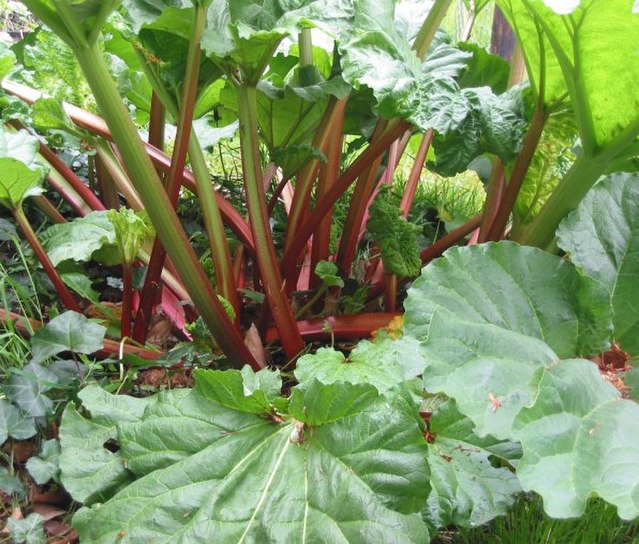Collection: Rhubarb Crowns
- Site Selection: - Choose a location with full sun, although rhubarb can tolerate partial shade. - Ensure the soil is well-drained and rich in organic matter. Rhubarb prefers slightly acidic to neutral soil (pH 6.0-6.8).
- Planting Time: - Plant rhubarb crowns in early spring as soon as the soil can be worked, or in the fall in mild climates.
- Planting Method: - Space the crowns about 3 feet apart to allow room for growth. - Dig a hole deep enough to accommodate the crown, and plant it with the buds about 1-2 inches below the soil surface. - Water thoroughly after planting.
- Care for Rhubarb
- Watering: - Keep the soil consistently moist, especially during dry spells. Rhubarb requires about 1 inch of water per week.
- Fertilization: - Apply a balanced fertilizer in early spring as growth begins. Avoid over-fertilizing, as this can lead to excessive leaf growth and reduced stalk production.
- Mulching: - Apply a layer of mulch around the plants to retain moisture, suppress weeds, and keep the roots cool.
- Harvesting: - Do not harvest rhubarb in the first year to allow the plant to establish. - In the second year, harvest sparingly. By the third year, you can harvest more freely. - To harvest, grasp the stalk near the base and pull it away from the plant with a slight twisting motion. Avoid cutting the stalks, as this can damage the plant.
- Maintenance: - Remove any flower stalks as they appear to encourage stalk production. - In the fall, after the first frost, cut back the leaves and stalks to about 2 inches above the ground.
- Pest and Disease Management: - Rhubarb is relatively pest-free, but watch for crown rot and leaf spot. Ensure good air circulation and avoid waterlogged conditions to prevent these issues.

-
 Sold out
Sold outCanada Red Rhubarb
Regular price $13.00 USDRegular priceUnit price / per -
 Sold out
Sold outCrimson Red Rhubarb
Regular price $13.00 USDRegular priceUnit price / per -
 Sold out
Sold outVictoria Rhubarb
Regular price $13.00 USDRegular priceUnit price / per


